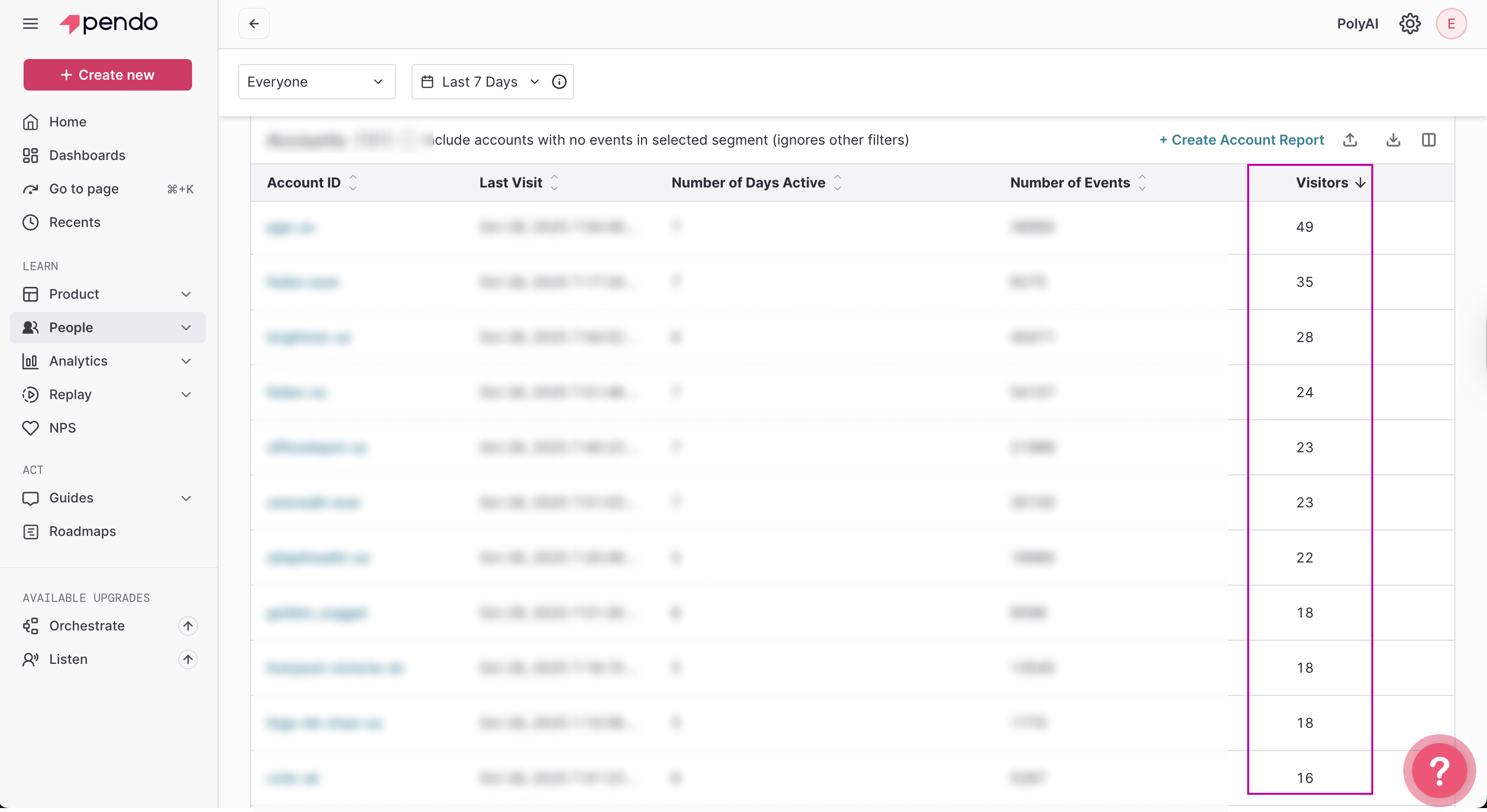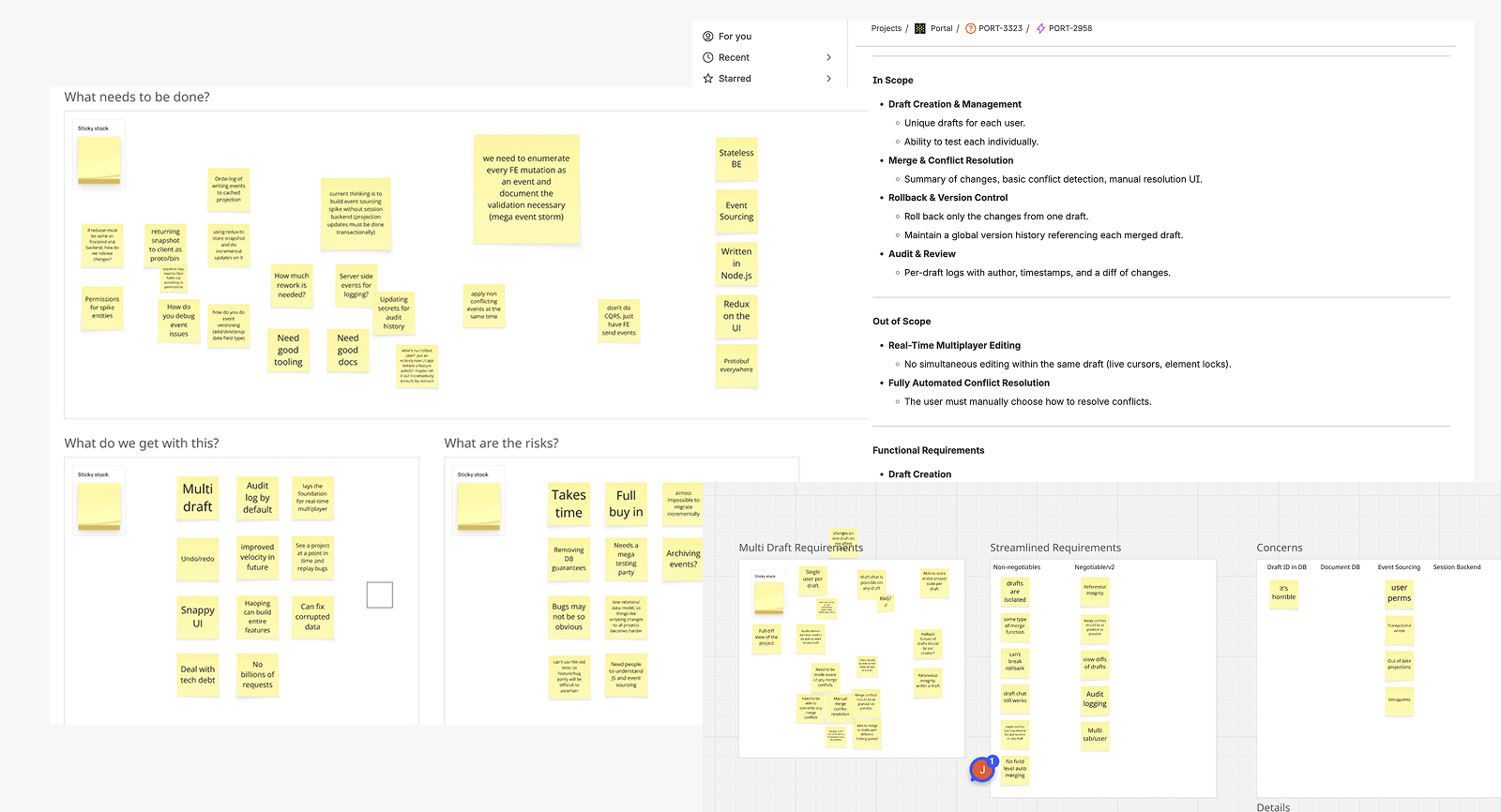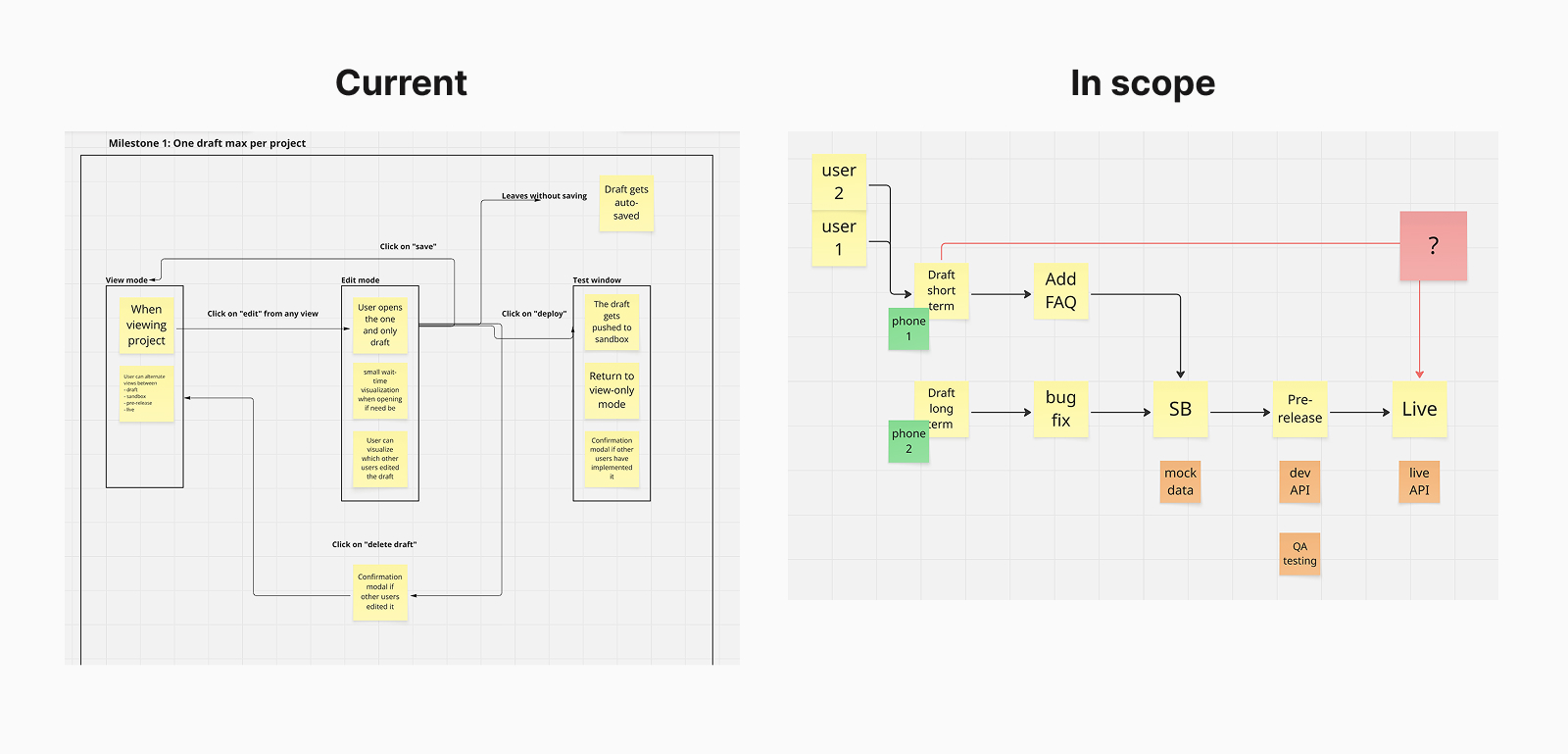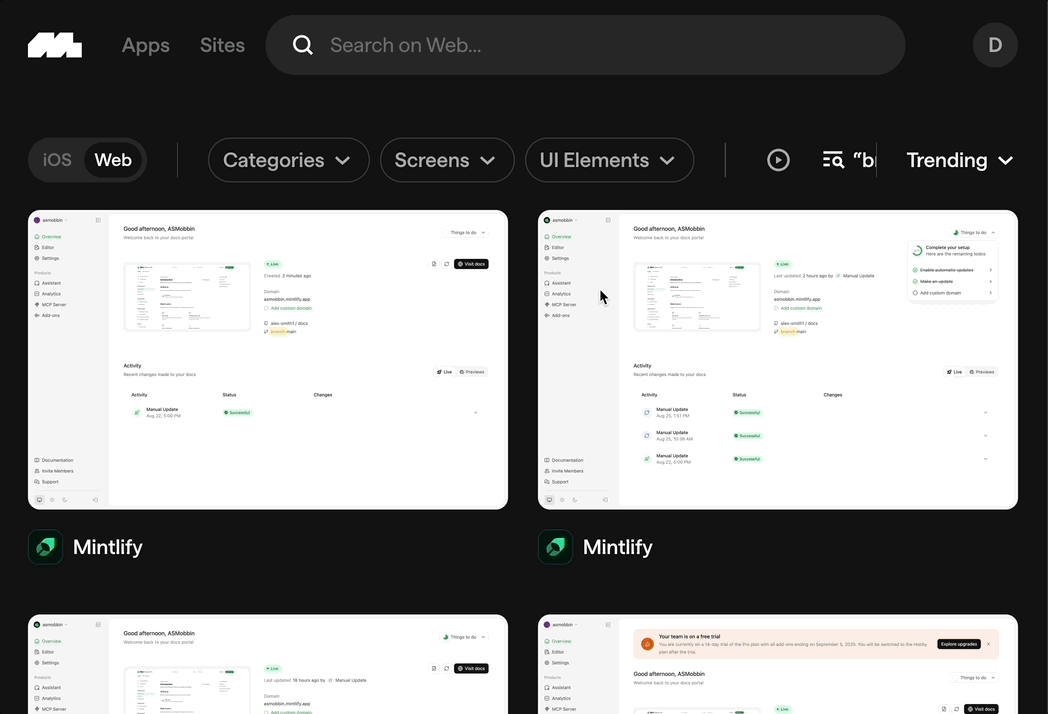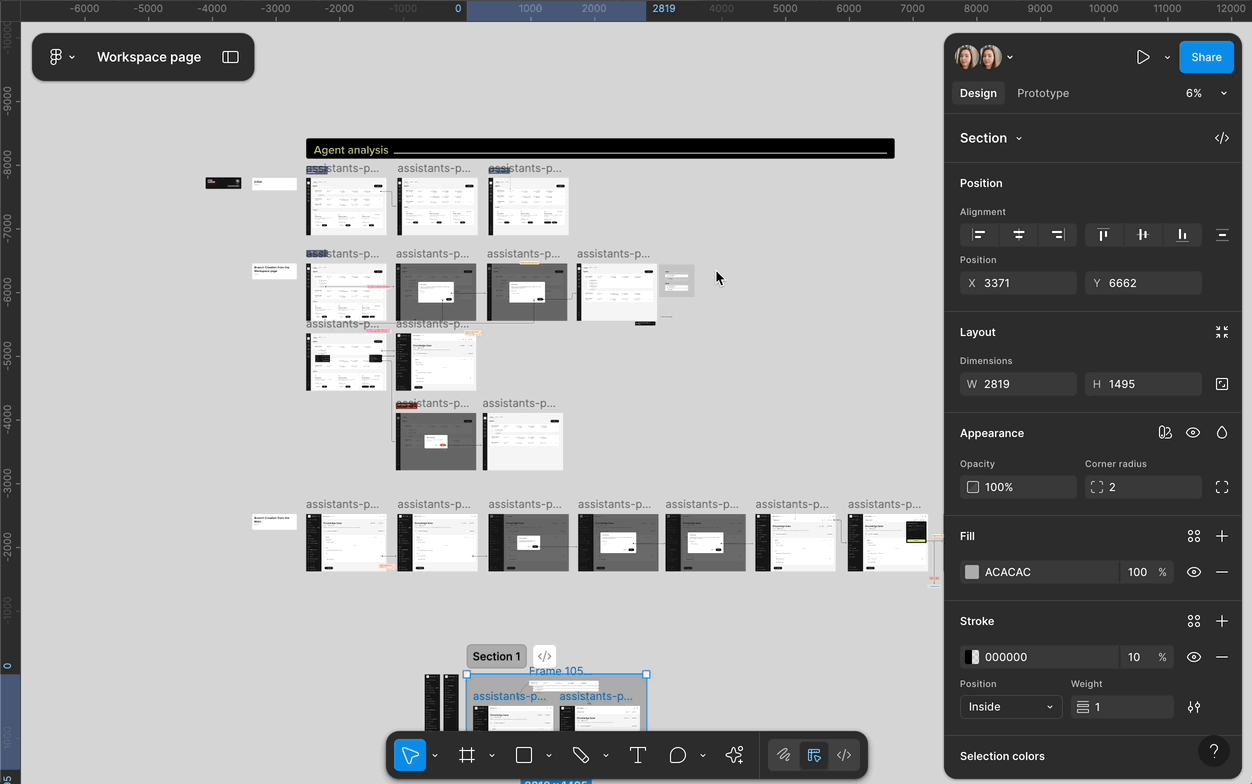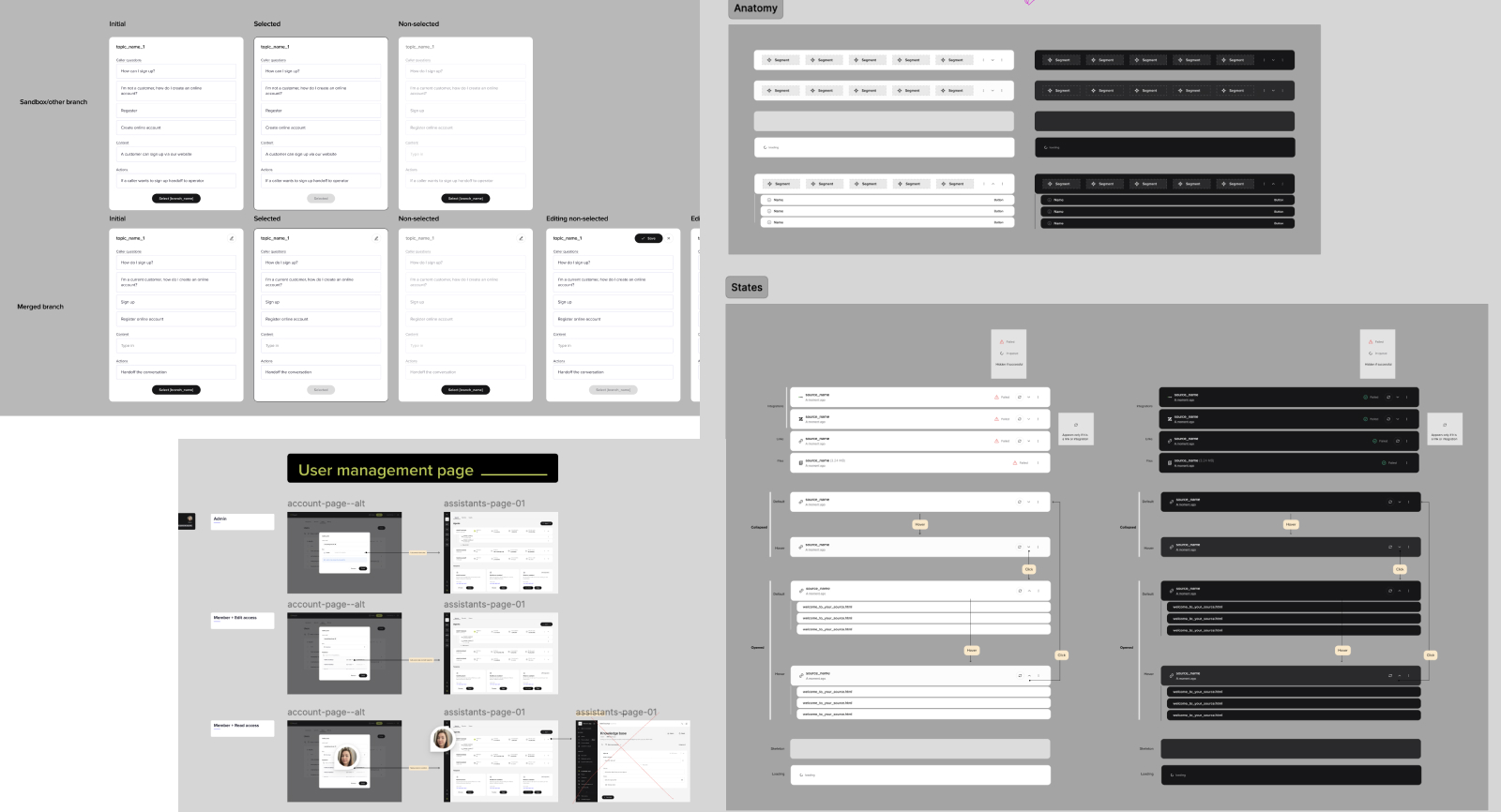Branches and Version Control
Version control, conflict resolution for Conversational AI
Jul 2025–Oct 2025
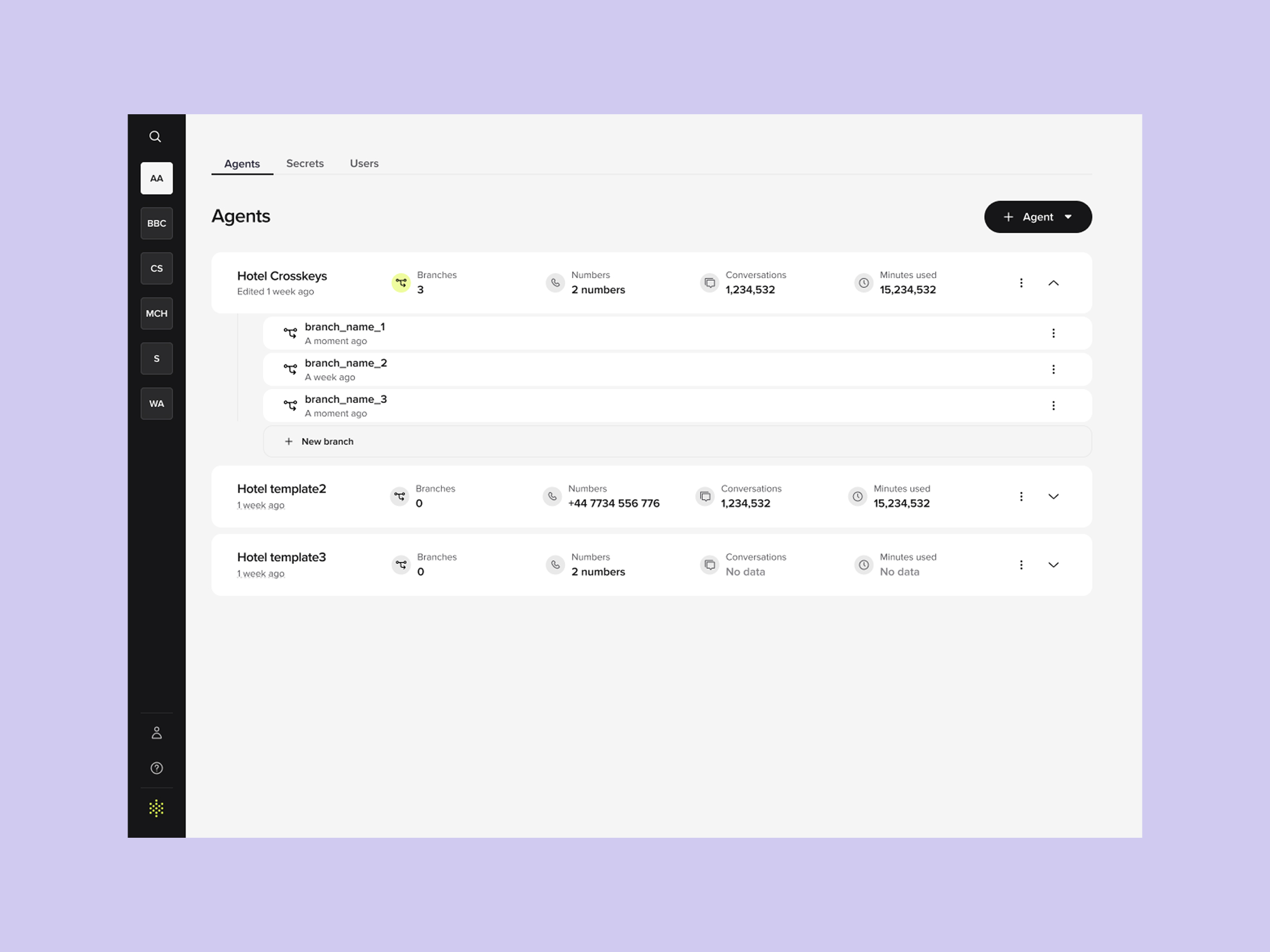

As PolyAI moved into larger enterprise deployments, concurrency became a major bottleneck. Teams of 6+ people couldn’t safely work in a single shared project. Branches was designed to solve that, supporting PolyAI’s OKRs to win Tier-1 enterprise clients and make 90% of GenAI projects production-ready on Agent studio.
Branches (Multidraft) enables PolyAI teams to work safely on parallel versions of an agent without overwriting each other’s changes. It brings Git-style collaboration to conversational AI, allowing individual dialog designers and engineers to test, review, and merge work confidently.
